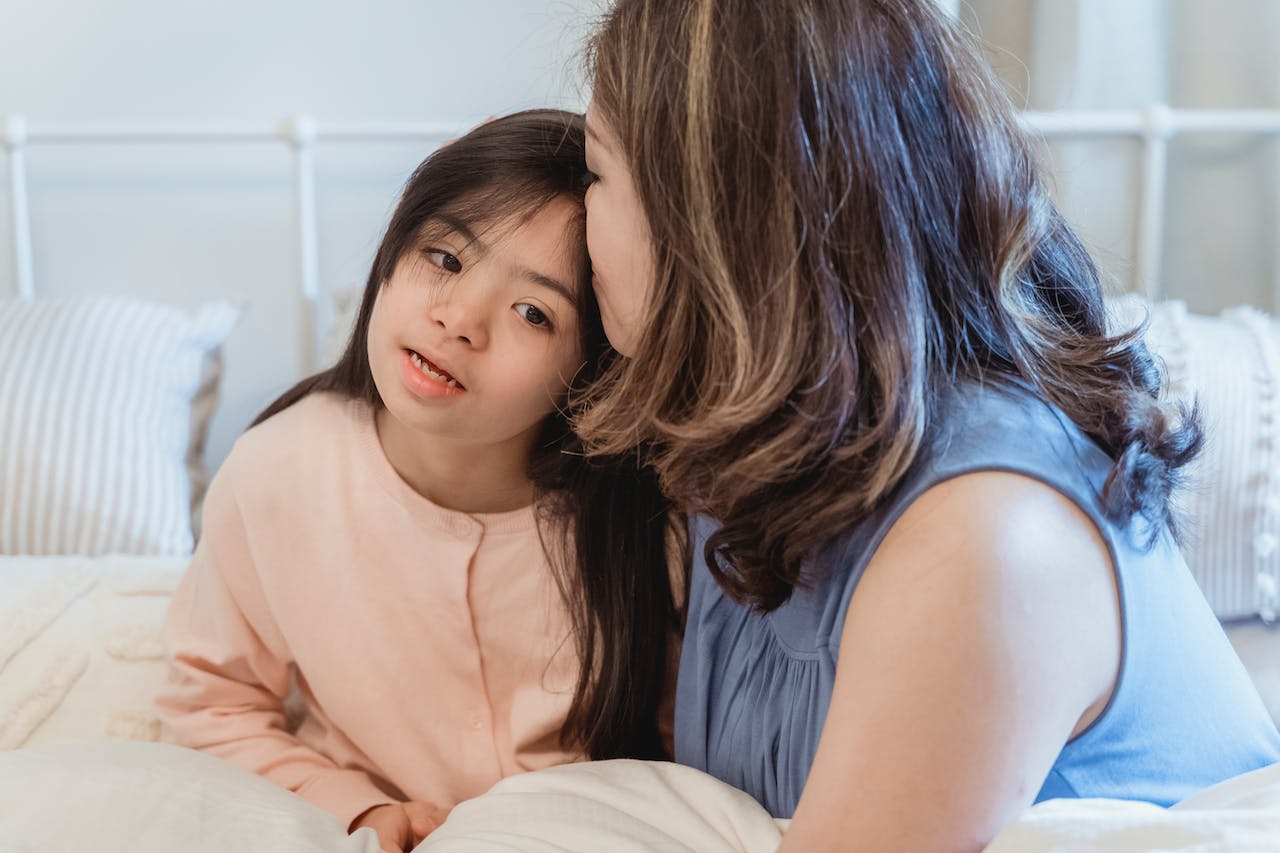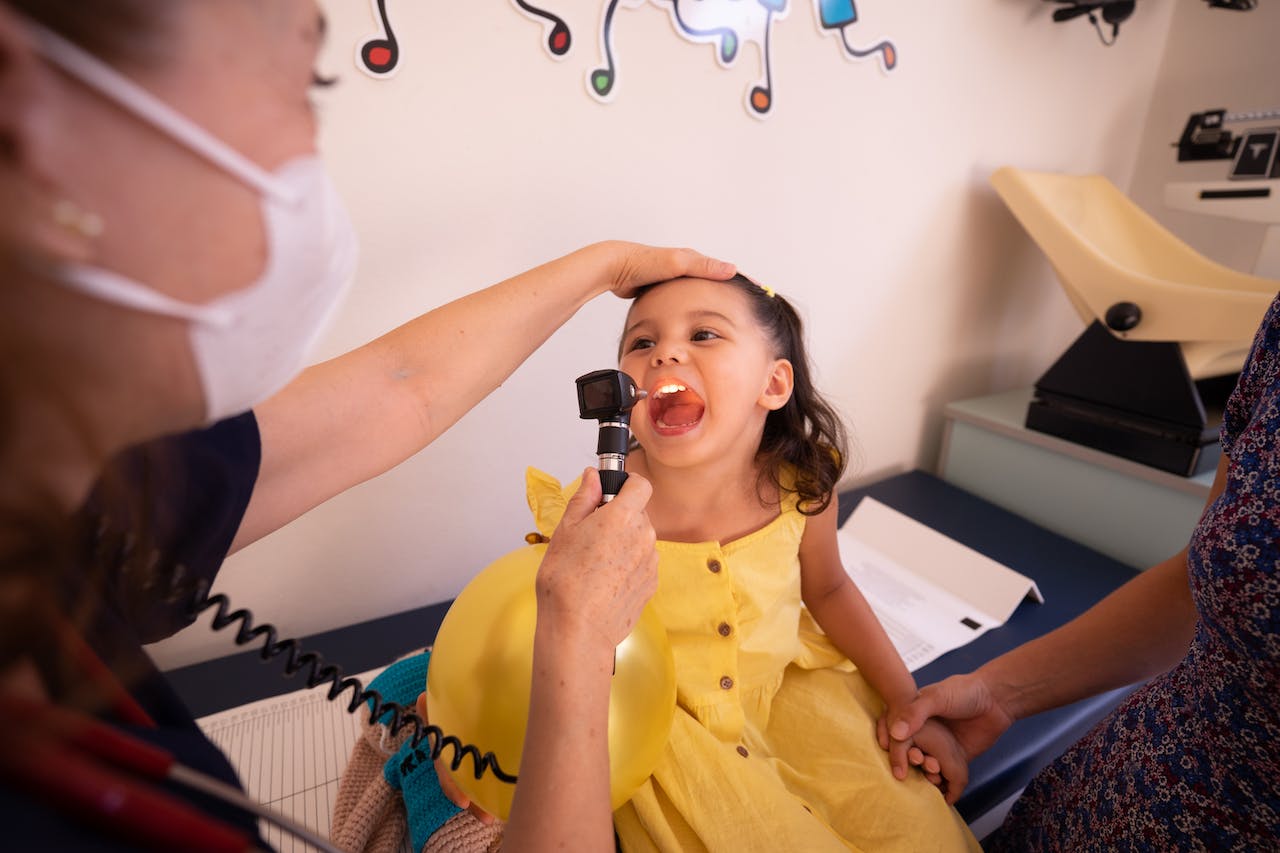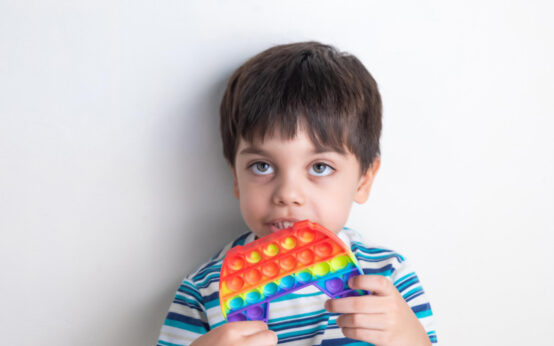Introduction
Autism spectrum disorder (ASD) can manifest differently in girls than in boys, leading to potential underdiagnoses. This article delves into the specific signs and symptoms of autism in girls, illuminating the difficulties caregivers and healthcare providers encounter when identifying and diagnosing ASD in females.
Autism Traits in Girls
Different Expression of Traits
Autism traits in girls, especially those with lower support needs, might present in a manner distinct from the stereotypical characteristics typically associated with boys. This distinction often leads to delayed or overlooked diagnoses, as traditional research has predominantly focused on male expressions of ASD. Recognizing and addressing these gender-specific differences is crucial in advancing our understanding of autism and promoting more equitable interventions. An expansive and inclusive approach to research and diagnostic criteria is crucial for the timely identification and provision of appropriate support across the entire spectrum, regardless of gender.

Masking and Overcompensation
Certain autistic girls may develop the ability to mask their traits or compensate for them, striving to present themselves as more neurotypical. This masking behavior, aimed at blending in with societal norms, can complicate the identification of autism in girls.
Sensory Sensitivity and Limited Interests
Common characteristics in autistic girls encompass heightened sensitivity to sensory challenges, intense yet restricted interests, and difficulties in forming and maintaining friendships. These characteristics may present differently in girls compared to boys with ASD.
I struggle to process and express my emotions; instead, I experience a whirlwind of feelings and physical sensations, including dizziness, nausea, a tight chest, and an overwhelming sense of emotional pain.
Sarah Hendrickx
Identifying Autism Traits in Girls
At School
- Reliance on other children to guide and speak for them.
- Limited and passionate interests, often focused on specific details rather than the broader context.
- Conversations restricted to personal topics of interest, hindering social interactions.
- Unusual sensitivity to sensory challenges, such as loud noises and bright lights.
- Low frustration tolerance leading to autistic meltdowns.

At Home
- Behaviors may vary between home and school, with the potential for energy expended during the school day to impact behavior in the home environment.
- Possible signs of depression, anxiety, or other mental health conditions.
- Challenges in forming and maintaining friendships may arise from difficulty in recognizing or interpreting social cues.
- The perception of being “quiet” or “shy” can serve as a mask, concealing the underlying challenges that individuals may be experiencing.

During Teenage Years
- Increasing difficulty with social communication as social expectations become more complex.
- Some research suggests a higher likelihood of experiencing epileptic seizures in certain cases.
- Potential divergence from conventional gender norms, with higher rates of gender variance.
Why Autism in Girls Goes Undiagnosed
Cultural Expectations
Cultural beliefs and stereotypes contribute to missed diagnoses, as girls are often expected to behave in quieter and less assertive ways. Behaviors that could raise concerns in boys might be easily overlooked or misinterpreted in girls.

Diagnostic Criteria and Research Bias
The diagnostic criteria for ASD have historically been based on research primarily focused on boys and men. The bias in research, combined with limited awareness, contributes to healthcare providers and mental health professionals potentially overlooking autism in girls.

Seeking Diagnosis and Support
Parental Action
If parents notice traits associated with autism in their child, regardless of gender, it is crucial to consult with a pediatrician and explore available resources at the child’s school. Early intervention and a tailored treatment plan can significantly benefit every autistic child.
Conclusion
Acknowledging the distinctive expression of autism in girls is crucial for addressing the challenges of underdiagnoses. Through an understanding of the unique traits and the recognition of the influence of cultural expectations and research biases, we can strive to establish a more inclusive and informed approach to identifying and supporting autistic girls on their path to thriving and overall well-being.
Source
- Hendrickx, S. (2019). Women and Girls with Autism Spectrum Disorder: Understanding Life Experiences from Early Childhood to Old Age. London: Jessica Kingsley Publishers.
- Lai, M. C., Lombardo, M. V., Auyeung, B., Chakrabarti, B., & Baron-Cohen, S. (2015). Sex/gender differences and autism: setting the scene for future research. Journal of the American Academy of Child & Adolescent Psychiatry, 54(1), 11-24.
- Pellicano, E., Dinsmore, A., & Charman, T. (2014). What should autism research focus upon? Community views and priorities from the United Kingdom. Autism: The International Journal of Research and Practice, 18(7), 756-770.
- Sansosti, F. J., & Powell-Smith, K. A. (2008). Using the web to collect data on sensitive topics: A study of autism knowledge on the internet. Journal of Autism and Developmental Disorders, 38(5), 895-902.







